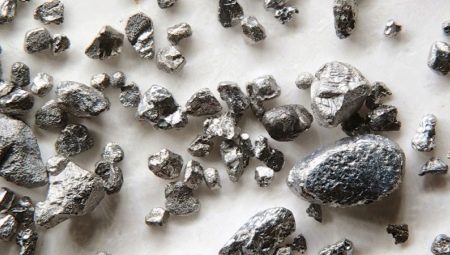Most people have a pretty good idea of iron and aluminum, silver and gold. But there are chemical elements that play a slightly smaller role in the life of the modern world, but are undeservedly little known among non-specialists. It is important to correct this flaw, including learning all about iridia.

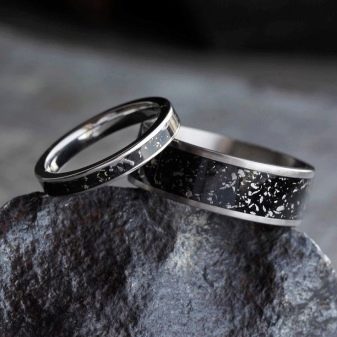
Features
It’s worth saying right away that iridium is a metal. Therefore, it has all those properties that are typical of other metals. Such a chemical element denoted by a combination of Latin characters Ir. In the periodic table, he takes 77 cells. The discovery of iridium occurred in 1803, as part of the same study in which the English scientist Tennant isolated osmium.
The raw material for obtaining such elements was platinum ore, delivered from South America. Initially, metals were isolated in the form of sediment, which “royal vodka” did not take. The study showed the presence of several previously unknown substances. The element received its verbal designation because its salts look as if iridescent with a rainbow.
The content of iridium in nature is extremely small, and this is one of the rarest substances on Earth.
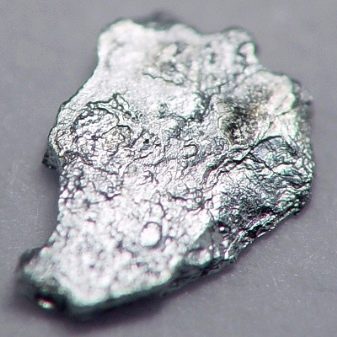
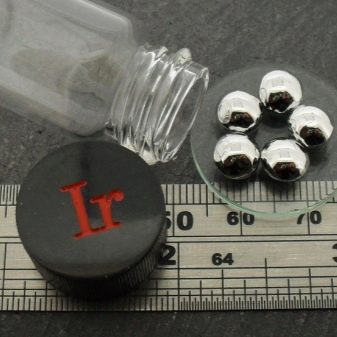
Chemically pure iridium has no rainbow color. But it is characterized by a rather attractive silver-white color. Toxic properties not confirmed. However, individual iridium compounds can be harmful to humans. Fluoride of this element is especially toxic.
A number of Russian and foreign enterprises are engaged in the production and refining of iridium. Almost the entire release of this metal is a by-product of platinum raw materials. Although iridium is not purple, it naturally contains 2 isotopes. The 191st and 193rd elements are stable.But expressed radioactive properties, but it has a number of artificially obtained isotopes, their half-life is short.

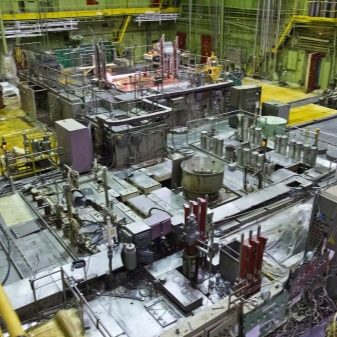
The properties
Physical
The strength and hardness of iridium are very high. Machining this metal is almost impossible. Infusibility This silver-white element is quite large. Specialists Iridium belongs to the platinum group. Mohs hardness is 6.5. The melting point in degrees reaches 2466 degrees. Iridium, however, begins to boil only at 4428 degrees. The heat of fusion is 27610 J / mol. The heat of boiling is 604000 J / mol. The molar volume was determined by experts at the level of 8.54 cubic meters. see per mole.
The crystal lattice of this element is cubic; the vertices of the cube are crystal faces. The 191st isotope accounts for 37.3% of the iridium atoms. The remaining 62.3% are represented by the 193rd isotope. The density of this element (or otherwise, specific gravity) reaches 22400 kg per 1 m3.
In its pure form, the metal is not magnetized, and the degree of oxidation of atoms in various compounds ranges from 1 to 6.
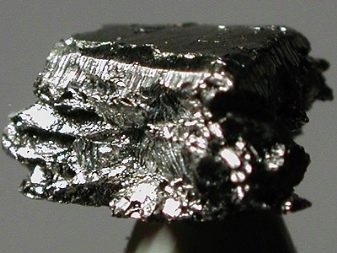
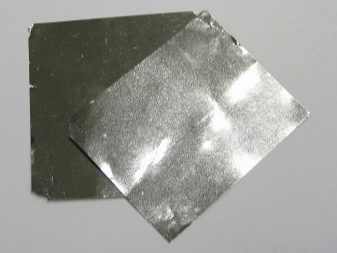
Chemical
But the iridium atoms themselves rarely enter into any kind of reaction. This element is distinguished by outstanding chemical passivity.. It completely does not dissolve in water and does not change in any way even with prolonged contact with air. If the temperature of the substance is less than 100 degrees, then it will not react even with "aqua regia", not to mention other acids and their combinations. The reaction with fluorine is possible at 400 degrees, for the reaction with chlorine or sulfur will have to warm the iridium to red heat.
4 chlorides are known in which the number of chlorine atoms varies from 1 to 4. The effect of oxygen is noticeable at a temperature not lower than 1000 degrees. The product of this interaction is iridium dioxide - a substance that is practically insoluble in water. Solubility can be increased by oxidation using a complexing agent. The highest oxidation state under normal conditions can be achieved only in iridium hexafluoride.

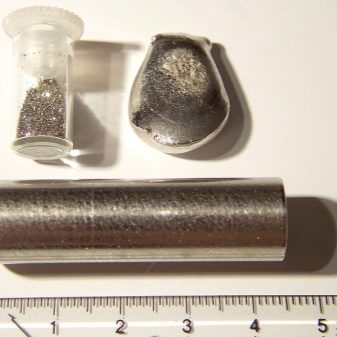
At extremely low temperatures, compounds with valencies of 7 and 8 appear. Complex salts (both cationic and anionic types) can form. It is noted that strongly heated metal can corrode hydrochloric acid saturated with oxygen. An important role is given by chemists:
- hydroxides;
- chlorides;
- halides;
- oxide;
- iridium carbonyls.
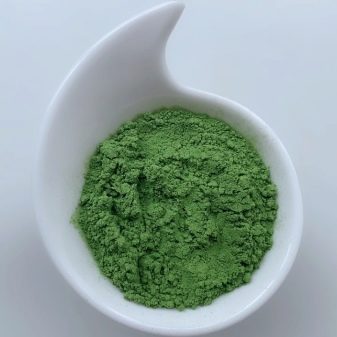
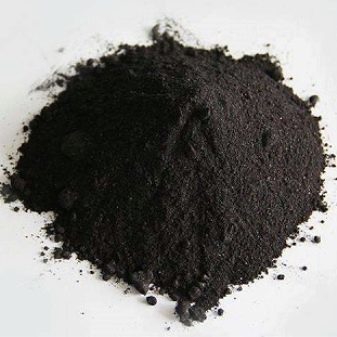
How is it mined?
Obtaining iridium in nature is greatly hindered by its great rarity. In the natural environment, this metal is always mixed with related substances. If this element is found somewhere, then platinum or metals from its group are necessarily nearby. Some ores containing nickel and copper include iridium in dispersed form. The main part of this element is extracted from inert matter in:
- SOUTH AFRICA;
- Canada
- North American State of California;
- deposits on the island of Tasmania (owned by the Australian Union);
- Indonesia (on the island of Kalimantan);
- different areas of New Guinea.
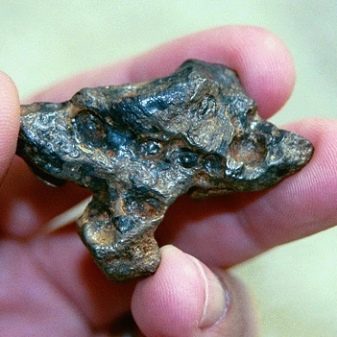

Iridium mixed with osmium is mined in old mountain foldings located in the same countries. The leading role in the global market is played by companies from South Africa. It is not for nothing that production in this country directly affects the balance of supply and demand, which cannot be said about products from other regions of the planet. According to existing scientific ideas, the rarity of iridium is due to the fact that it only came to our planet in meteorites, and therefore it accounts for a millionth of a percent of the mass of the earth's crust.
However, some experts disagree with this. They insist that only a small part of all iridium deposits is explored and suitable for development at the level of modern technology. Deposits that appeared in ancient geological antiquity contain hundreds of times more in separate layers of iridium than the already developed rocks.
Such anomalies are found all over the globe.However, the extraction of material from deep sections under the continents and at the bottom of the oceans is so far economically irrational.
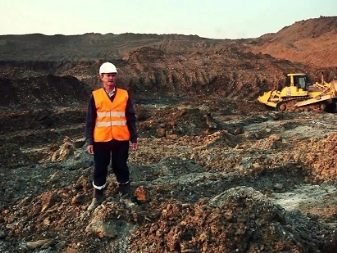
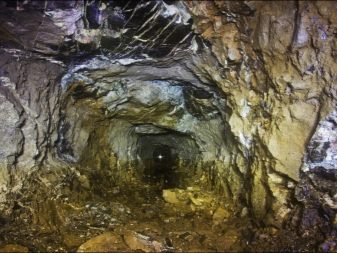
Today, iridium is mined only after the extraction of major minerals.. It is gold, nickel, platinum or copper. When the deposit is close to exhaustion, the ore begins to process with special reagents that release ruthenium, osmium, palladium. Only after them comes the turn of receiving a “rainbow” element. Further:
- clean ore;
- crush it into powder;
- pressed this powder;
- the molded workpieces are remelted in electric furnaces, with the continuous movement of an argon jet.
A sufficiently large amount of metal is extracted from the anode sludge left by the copper-nickel production. Initially, sludge enrich. Translation into a solution of platinum and other metals, including iridium, occurs under the influence of hot aqua regia. Osmium is in undissolved sediment. Complexes of platinum, iridium, and ruthenium are successively precipitated from a solution under the action of ammonium chloride.
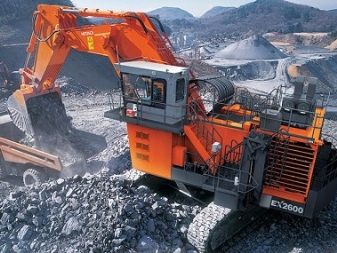
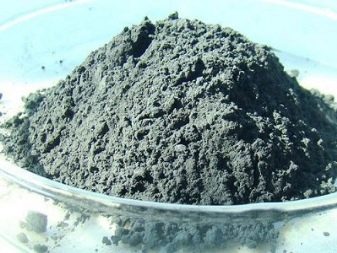
Application
About 66% of the extracted iridium used in the chemical industry. All other sectors of the economy share the remainder. In recent decades, the jewelry value of "purple metal" has been steadily growing.. Since the late 1990s, rings, inlaid of gold jewelry have occasionally been developed from it. Important: jewelry is made not so much from pure iridium as from its alloy with platinum. 10% of the additive is sufficient to increase the strength of the workpiece and the finished product up to 3 times without a significant increase in cost.
In other industries, iridium alloys are also clearly ahead of pure metal. The ability to increase the hardness and strength of products through minor additives is very much appreciated by technologists. So, iridium additives are used to increase the wear resistance of wire for electronic lamps. Solid metal is simply applied over molybdenum or tungsten. Subsequent sintering occurs under a press, at high temperature.
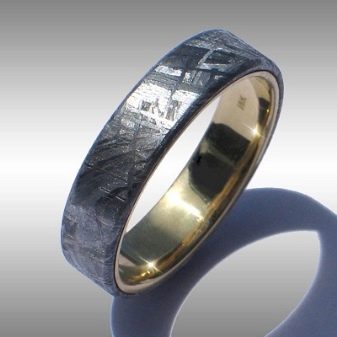

And here we must especially mention the use of iridium in the chemical industry. There, its alloys are needed in order to obtain dishes resistant to various reagents and high temperature. Iridium is also an excellent catalyst. Increased reactivity is especially evident. in the production of nitric acid. And if you need to dissolve gold in aqua regia, then technologists are almost guaranteed to choose exactly the cups made of platinum-iridium alloy.
Where they cook crystals for laser devicescan often be found platinum iridium crucibles. Completely pure metal is suitable for parts of particularly precise industrial and laboratory instruments. The iridium mouthpiece is used and glazierswhen they need to make refractory grades of glass. But this is only a small part of the applications of the amazing element.
It is often used in the manufacture of spark plugs for cars.
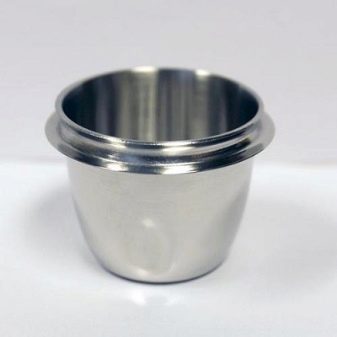
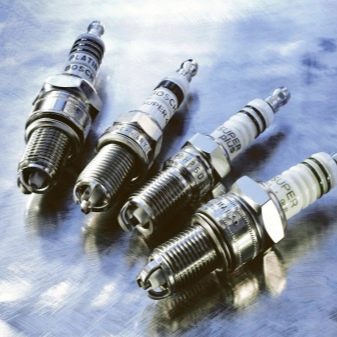
Experts have long noted that such candles last longer.. At the very beginning, they were used mainly for sports cars. Today they have become cheaper and have become available to almost all car owners. Iridium alloys are also needed by the creators surgical instruments. Increasingly, they are also used in the production of individual parts of a pacemaker.
It is curious that the coin “10 francs” produced by Rwanda is made from jewelry-grade pure (999 fineness) iridium. This metal is also used in automotive catalysts. Like platinum, it helps clean up exhaust fumes faster. But you can find iridium in the most ordinary fountain pen. There you can sometimes see a ball of unusual color, located on the tip of a pen or ink rod.

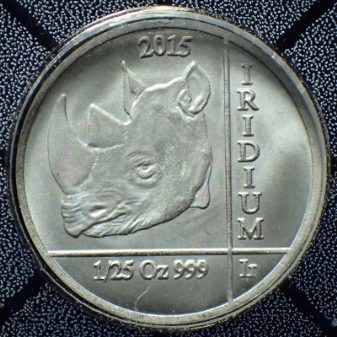
In radio components, iridium was used mainly several decades ago. Contact groups, as well as components that can be very hot, were made of it more often. This solution allows to ensure the durability of products.The iridium-192 isotope is one of the artificial radionuclides. It is produced for flaw detection use to check the characteristics of welds, steel and aluminum alloys.
An alloy of osmium with iridium is used to make compass needles. And thermocouples, which combine iridium and conventional electrodes, are used for physical research. Only they can directly register a temperature of about 3000 degrees. The price of such structures is very high. To use them in ordinary industry is not yet economically feasible.


Iridium Titanium Electrode - One of the relatively new developments in the field of electrolysis. A refractory substance is sprayed onto a titanium foil base. In this case, only argon is in the working chamber. The electrodes may look like a grid or a plate. Such electrodes:
- resistant to high temperature;
- resistant to significant voltage, density and current strength;
- do not corrode;
- more economical than electrodes with the addition of platinum (due to a significantly longer resource).
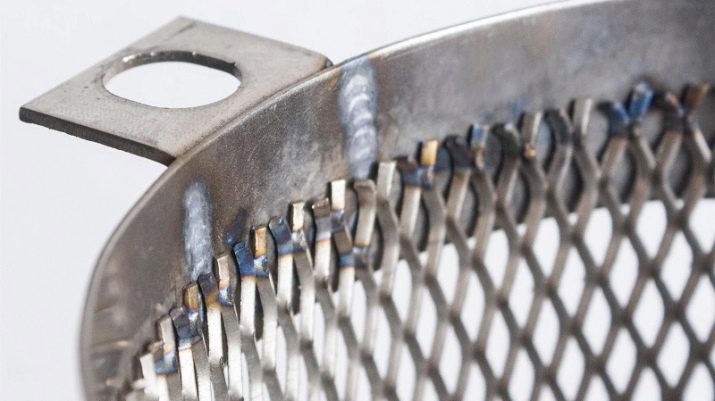
Small containers with radioactive isotopes of iridium are in demand in metallurgy. Gamma rays are partially absorbed by the charge. Therefore, you can determine what is the level of charge inside the furnace.
You can also point to such applications of the 77th element as:
- obtaining alloys of molybdenum and tungsten, stronger at high temperature;
- increased resistance of titanium and chromium to acids;
- production of thermoelectric generators;
- manufacturing of thermionic cathodes (together with lanthanum and cerium);
- creation of fuel tanks for space rockets (in an alloy with hafnium);
- production of propylene based on methane and acetylene;
- an addition to platinum catalysts for the production of nitrogen oxides (nitric acid precursors) - but this process is no longer very relevant;
- obtaining reference units of measurement (more precisely, this requires a platinum-iridium alloy).
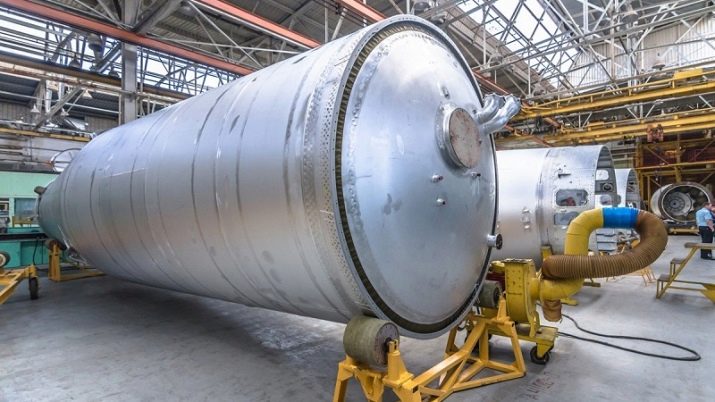
Interesting Facts
Iridium salts are very diverse in color. So, depending on the number of attached chlorine atoms, the compound may have copper red, dark green, olive or brown colors. Iridium difluoride is yellow. Compounds with ozone and bromine are blue in color. In pure iridium, the corrosion resistance is very high even when heated to 2000 degrees.
In terrestrial rocks, the concentration of iridium compounds is very low.. It rises seriously only in meteorite rocks. Such a criterion allows researchers to establish important facts about various geological structures. In total, only a few tons of iridium are produced on earth.
Young's modulus (aka modulus of longitudinal elasticity) of this metal is in second place among the known substances (more only graphene).
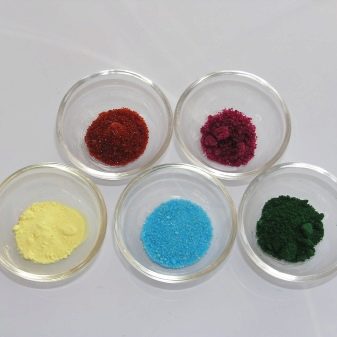
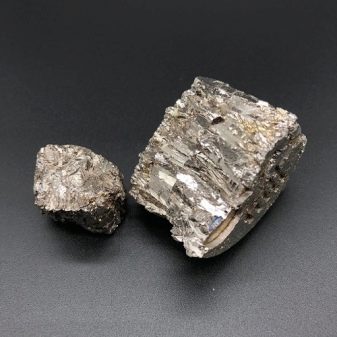
For other properties and applications of iridium, see the next video.
